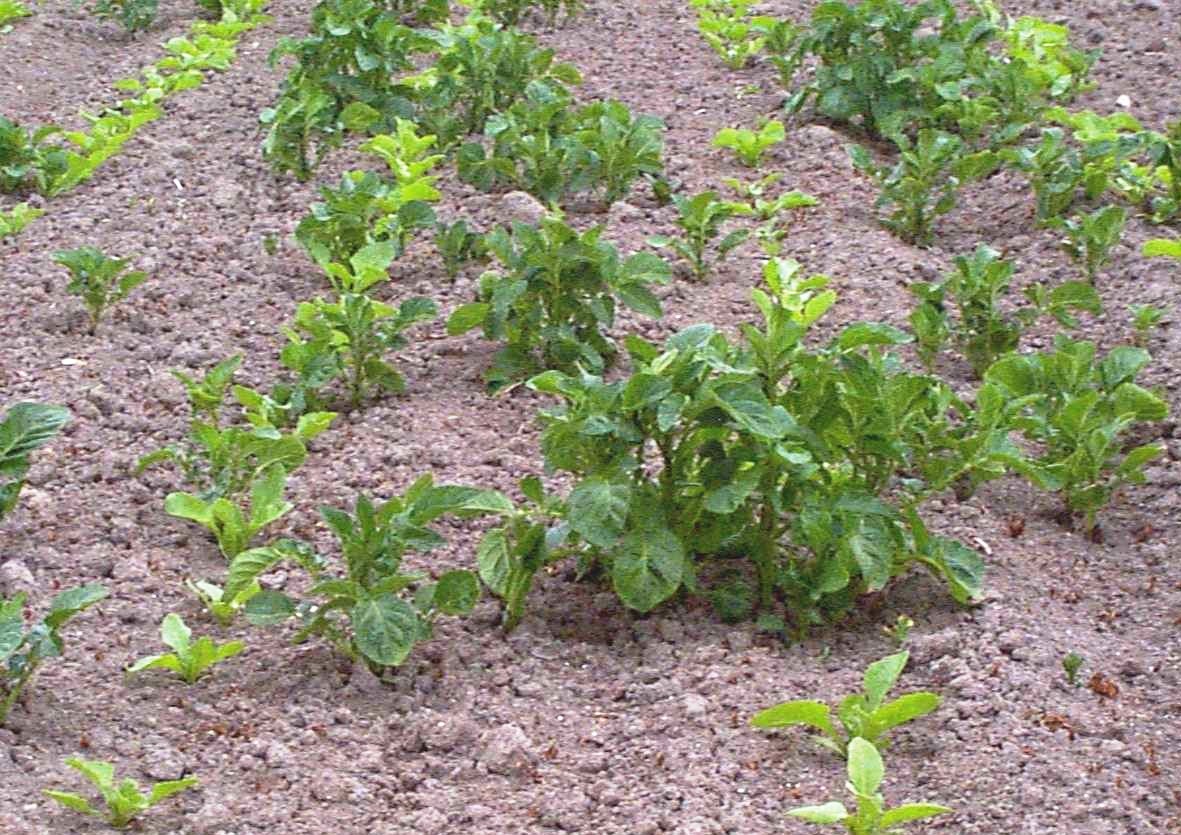
Up until the end of May the dry soil conditions and cool weather across sugar beet growing areas was adversely affecting crop emergence and making herbicide applications difficult. Herbicide programmes will have been adapted to reflect this and the stressed nature of the crop.
Reports from agronomists confirm that sugar beet crops range from fields where emergence is yet to take place to well-established stands with 10-12 leaves. Late-drilled crops are clearly the ones suffering most from the dry soil conditions, but many crops include a range of plant sizes, caused by lack of rainfall and fluctuating day and night temperatures, according to Mr. Rene Pollak of Dow AgroSciences.
"Where individual plant size varies within a crop, the decision about whether to apply herbicides should be based on the balance between weed infestation and the potential impact on the smallest plants. Dow Shield in a programme improves activity on many weeds, such as corn marigold, groundsel, mayweeds and black bindweed. A particular strength is the control of creeping thistles and volunteer potatoes," Rene points out.
"And it is these latter two weeds that should always be targeted even in dry conditions. This is because they will continue to emerge and grow, because of their accumulated energy reserves in roots or tubers and the depth from which they emerge. In contrast spring germinating broad-leaved weeds struggle to get a foothold where the soil surface is bone dry."
When used alone, applications of Dow Shield can begin once the smallest crop plants have expanded cotyledons. However, particularly where crops have struggled through the stressful recent weather conditions, where Dow Shield is applied in a programme with other herbicides, ensure that the first true leaves on crop plants are at least 10mm long.
Mr Pollak reminds growers that one creeping thistle plant per square metre can cause yield losses in sugar beet of as much as 1.0 tonne per hectare. "This weed has become much more widespread in the last few years. In fact the area of sugar beet treated for control of this weed has grown 34% in the last few years. To achieve high levels of control of this competitive weed and also sow-thistle, two applications of Dow Shield are required."
The first treatment of Dow Shield should be 0.5 l/ha when thistles are at the rosette stage of growth, followed 3 to 4 weeks later by an application at 1.0 l/ha.
"When it comes to volunteer potatoes, left uncontrolled, they pose a real threat to sugar beet crops. Just one potato plant in a square metre warrants treatment to protect yields and the benefits of control will continue into following crops. They too have become more of a problem, with the volunteer potato area doubling in recent years. This year’s winter was long and cold, but the insulating effect of the snow may have led to fewer potato volunteers being frosted off than we expected. We are certainly seeing them coming through in beet crops now, albeit slowly."
Rene Pollak reminds growers and advisors that the recommendations for the use of Dow Shield in sugar beet crops are very flexible, allowing its inclusion in differing management approaches, even when volunteer potato emergence occurs over an extended period.
In traditional low-dose programmes, Dow Shield should be included at 0.5 l/ha with applications of ethofumesate and phenmedipham. Two applications are recommended, typically 7 to 14 days apart. The first treatment should be made when volunteer potatoes are between 5 and 10cm tall.
To cover extended periods of haulm emergence, a similar tank mix programme based on three sprays of 0.35 l/ha Dow Shield is recommended. To keep on top of the weed potatoes, start as soon as possible. This is particularly true for indeterminate potato varieties. The first treatment should be made when the potato haulm is 5 to 10cm high, followed by two further applications at the same rate at 10-14 day intervals. In all cases, applications of Dow Shield to sugar beet should be completed by the end of June.
